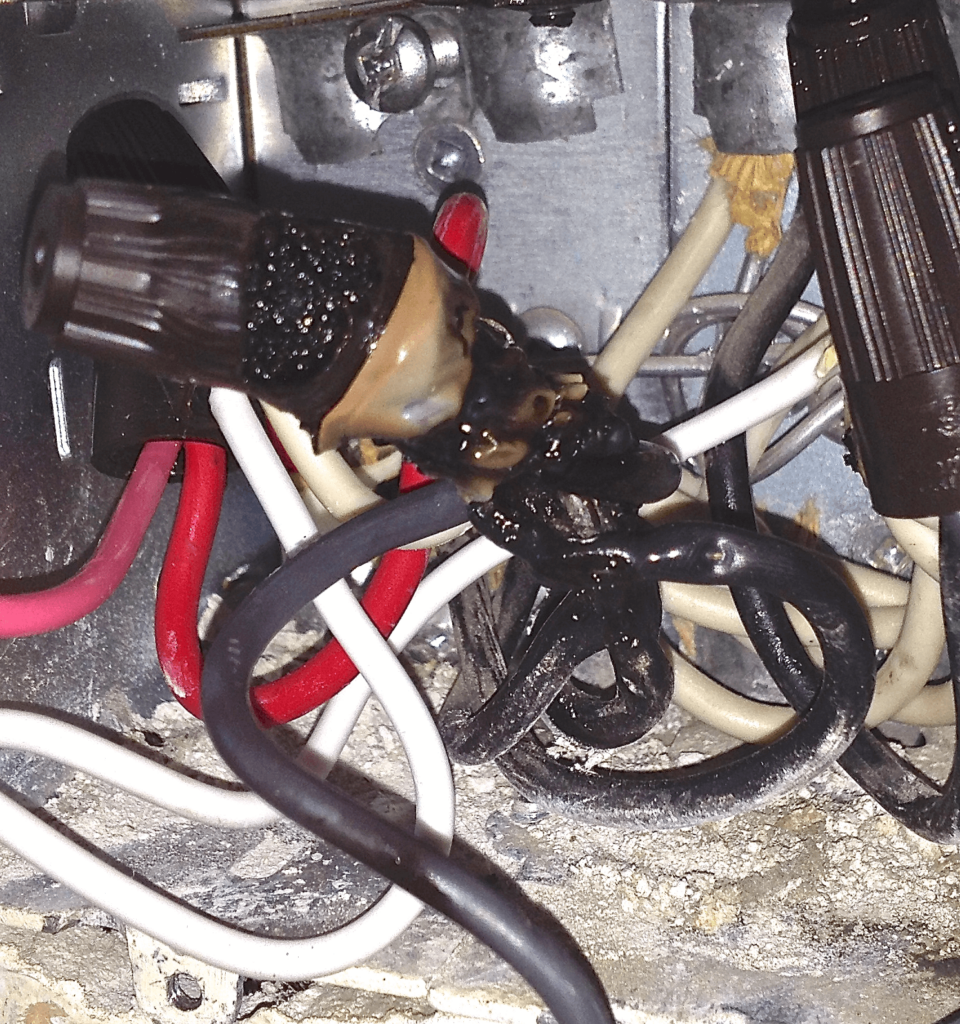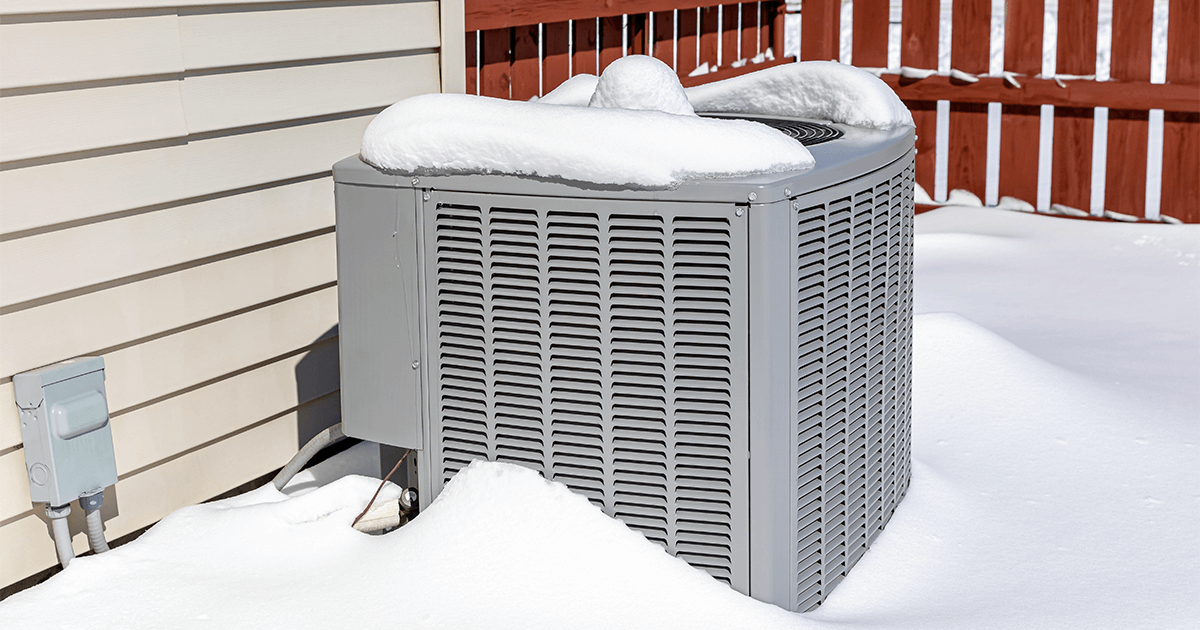We all know that aluminum wiring in homes can lead to fires. Allow me to share a recent experience:
I got a call from a Realtor who said her buyers were excited about this 1973 home, but the home inspector discovered aluminum wiring in the electrical box. The homeowner reassured them, saying, “It’s okay, Uncle Dave was here two weeks ago and pigtailed all the plugs and switches.” Concerned, the Realtor asked me to inspect Uncle Dave’s work to ensure its safety.
Upon arriving at the house, my first action was to check the electrical panel to assess the extent of the aluminum wiring. Opening the cover, I found that half of the incoming wiring was aluminum, and the other half was copper.
This is a common situation in homes with aluminum wiring from the early ’70s. Due to budget constraints, new home builders finished the main floor wiring of a bungalow with aluminum, leaving the basement unfinished. When subsequent homeowners later had the means to work on the basement, copper was used instead.
Inspecting panels with aluminum wiring often reveals issues like overheated conductors and melted breakers, a problem we frequently encounter.
I inspected the main floor by opening a few wall plugs and switches to examine Uncle Dave’s work. Proper pigtailing involves four crucial steps. First, an anti-oxidizing paste must be applied to coat exposed aluminum and copper conductors to prevent oxidation when the metals come into contact. Uncle Dave had successfully completed this part.
The second aspect is checking if the “twist-on” wire connectors are appropriately rated for aluminum/copper connections. Uncle Dave used connectors suitable for this application.
Thirdly, the plug or switch needs to be rated for copper since the wires to the device are now copper. Lastly, the wires must be twisted together in a clockwise rotation before installing the wire connector. Unfortunately, this is where Uncle Dave fell short.

While electricians know to twist wires together first, non-electricians may lack this knowledge. In this case, when attempting to install the wire connector, one conductor was pushed down inside the connector instead of twisting around the other, leading to arcing and potential fire hazards.
By the back door, I discovered a 3-gang switch box that emitted an unusual odor. Removing the cover, I found that just two weeks after Uncle Dave’s work, the insulation on the wiring had melted. This incident emphasizes the importance of obtaining an electrical permit and having the project inspected by an approved professional. An inspector would have identified the lack of twisting in the wires, prompting a failed inspection and requiring Uncle Dave to perform a proper installation.
If you have concerns about the electrical work in your client’s home, we are here to help. Contact us for a no-obligation quote at 780-238-8195.
Featured photo: shutterstock.com





